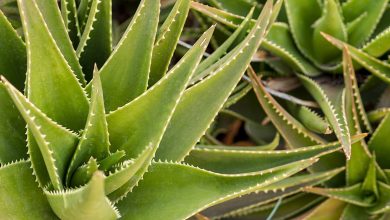Prune Tomatoes: [When To Do It, Tools, Forms and Utility]
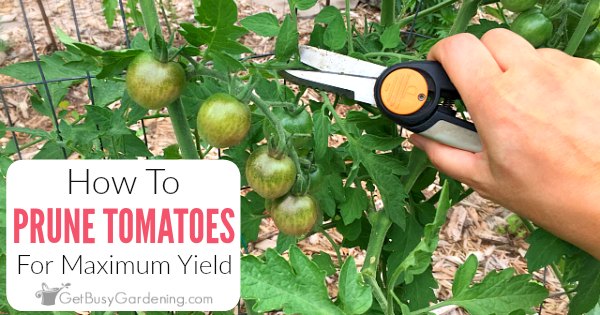
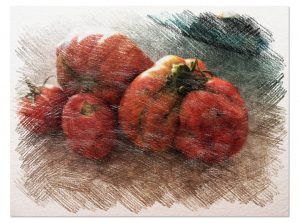 Pruning is part of the procedures to have healthy plants capable of producing good harvests.
Pruning is part of the procedures to have healthy plants capable of producing good harvests.
When pruning tomatoes, some details must be taken into account to avoid affecting the plant.
If it is already necessary to remove excess branches from the tomato plant to restore vitality, take note of all the data that we leave you here.
To deepen on tomato planting:
- Tomato fertilizer.
- The complete tomato crop.
- Different types of tomatoes to grow.
- Tomato pests and diseases.
- The properties of the tomato.
Why prune tomato plants?
The main idea of pruning tomato plants is to prevent the plant ‘s nutrients from being distributed in areas that are not convenient, subtracting them from others.
When this is not done on time, the tomato harvest will be higher in quantity than in quality.
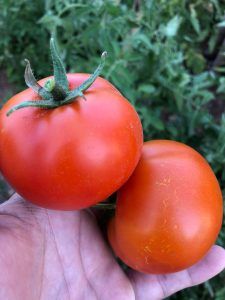 There are certain cases in which this is precisely what is sought, but in general what should prevail is to obtain a quality product.
There are certain cases in which this is precisely what is sought, but in general what should prevail is to obtain a quality product.
Another good reason is to keep the plant in order, avoiding the uncontrolled growth of branches and leaves everywhere.
And this is something that can happen very easily with species such as tomato, pumpkin, among others.
When should tomato pruning be done?
To prune a tomato plant you can use almost any time, but it is necessary to take certain precautions to avoid future problems:
- Don’t prune tomato plants after a rain or watering. The plant will be humid and the environment conducive to fungi can be formed and we do not want it to affect the wounds.
- Never prune tomatoes in winter or when frost is suspected because it will be detrimental to the health of the plant in general.
In the case of young plants, pruning should be done weekly.
The reason is that this is aimed at eliminating all the suckers that are born between the stem and the main branches.
The idea of this is to prevent the plant from growing to all sides and not having a correct distribution of nutrients.
What tools do we need to prune tomato plants?
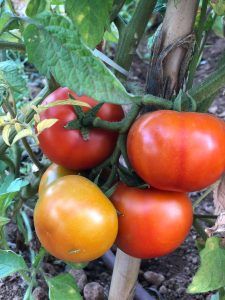 When the plant is young and only the suckers that are born between the stem and the main branches are going to be removed, no tools are needed.
When the plant is young and only the suckers that are born between the stem and the main branches are going to be removed, no tools are needed.
The reason is that these, as they are in full growth, by simply bending them to one side with our hands, we can easily remove them.
In any case, if you prefer to use tools, a simple pair of scissors will be more than enough.
How to do the pruning correctly?
- To carry out the pruning properly, the first thing you should do is carefully review the entire structure of the tomato plant.
- After this, it will only be necessary to remove the shoots or suckers that come out.
- These shoots are born at the union of the main stem with the strongest branches of the tomato, as if it were a new branch.
- It is advisable to carry out the review of the tomato plant once a week so that these suckers can be detected as soon as they are born.
- Removing them when they are small will help keep the tomato plant strong by not causing major injuries.
- When the plant already begins to produce tomatoes, it is advisable to carry out a process known as defoliation.
This seeks to eliminate the leaves from the bottom up, so that the fruits that are in that area are visible.
Through this action it is easier for them to breathe and receive sunlight much better, in addition to that we will have better visual control of their development.
Care must be taken that this action does not harm the plant, gradually removing the leaves.
Tomato plants are a favorite because they produce this vegetable that we all love.
The reality is that they do require much more attention than other species, but there is no doubt that it is worth it.

Reference and complementary bibliography
- Relationships of weight and number of fruits with yield and quality in tomato under defoliation treatment.
- Density and pruning in three varieties of husk tomato (Physalis ixocarpa Brot. ex Horm.) grown in greenhouses.
- Effect of the system of trellises, pruning of stems and pruning of leaves on the quality of tomato fruit (lycopersícum esculentum mili.)
Octavio Salinas, Obed Ramírez, Juán Ospina. - Effect of the number of clusters per plant on the yield of tomato (Solanum lycopersicum L.). Rafael Alberto Quintana Baquero

![Photo of Spanish Plants in Danger of Extinction [List + Images]](https://www.complete-gardening.com/wp-content/uploads/2021/06/Alliaceae_1587648036-390x220.jpg)
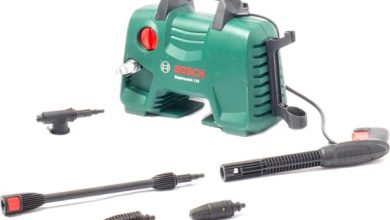
![Photo of Tiger Nuts: [Cultivation, Irrigation, Care, Pests and Diseases]](https://www.complete-gardening.com/wp-content/uploads/2022/08/tiger-nuts-cultivation-irrigation-care-pests-and-diseases-390x220.jpg)
